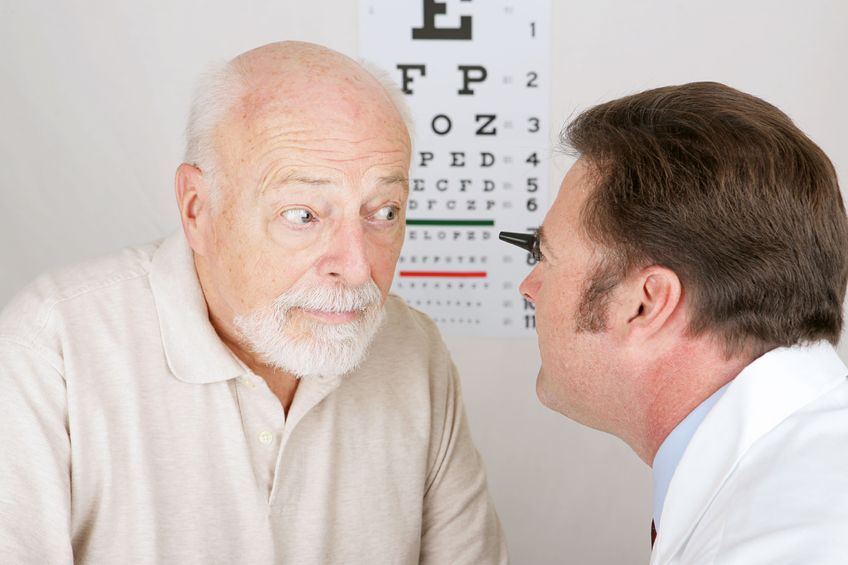
By Lawrence A. Shafron, MD, FACS – Advanced Eye Care Center
Inside everyone’s eye is a lens. Just like a camera, the lens of your eye helps you focus. To work well, the lens must be clear. As you age, the lens of your eye gradually becomes cloudy which is called a cataract. Looking through a cloudy lens things are blurred as though one is looking through a dirty window.
In the early stages of having a cataract, changing your glasses prescription will usually restore your sight. However, over time the cataract gets more and more cloudy, and eventually not even a change in your glasses prescription will make an improvement. At that point, the only way to restore your vision is to remove the cataract. The procedure is performed on an outpatient basis, generally takes a half-hour or less, and recovery time is usually only a few days.
Cataract surgery is a two-step procedure—first the surgeon removes your cloudy lens, and second, a new lens implant is inserted into your eye. The cloudy lens is removed with a tiny instrument that enters your eye through a small incision and gently breaks the cataract into tiny pieces that are then removed from the eye with a miniature vacuum cleaner.
Once the cataract is out, artificial lens implants are used to restore your ability to focus. These implants come in many different strengths, and before your cataract operation, your doctor will perform a measurement to determine the appropriate lens for your eye.
Once your cataract is out and your implant is in, the operation is over. Most people see better within a day or two after cataract surgery, but it is not abnormal or worrisome if your vision seems blurry for a few weeks. Your doctor will prescribe some eye drops for the healing period. And if you need new glasses after surgery, these will be prescribed for you once your eye is completely healed, usually about a month after surgery.
Cataracts cannot grow back, but sometimes a thin cloudy membrane grows behind the lens implant, making your vision blurry like the cataract. This happens to roughly 40% of patients. A quick and simple laser treatment can be performed to restore the vision.



